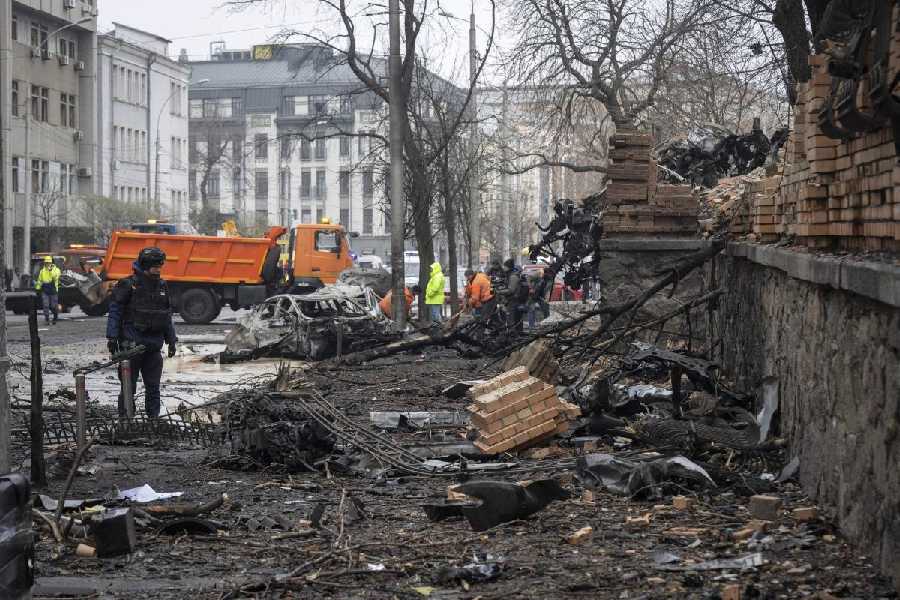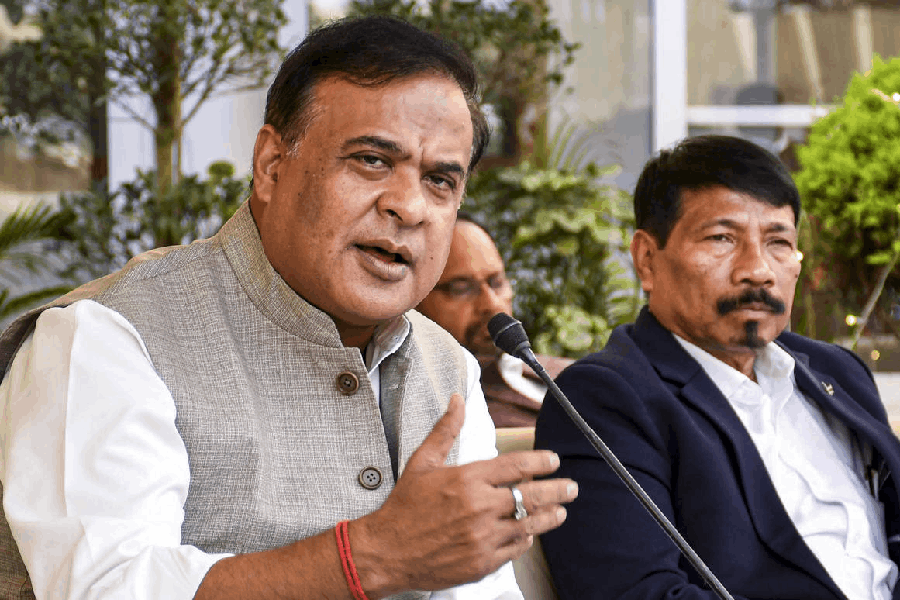
Mayank Vatsa has created a software tool to help people spot a sculpted selfie, a tampered profile picture on Facebook, or a manipulated photograph on a matrimonial website - a tool superior to human eyes.
Vatsa, associate professor of computer science at the Indraprastha Institute of Information Technology, New Delhi, is using artificial intelligence technology, called deep learning, to detect retouching or digital alteration of facial images. Computer science researchers view deep learning as an advance of machine learning that uses software to model high-level abstract information hidden in large volumes of data. Deep learning algorithms, which use data to look for patterns, have already been shown to outperform humans in tasks such as image, text, and voice recognition.
"Deep learning has the ability to take in huge amounts of data - in fact, it needs the huge amounts of data to function at all - and make sense of it," said a computer vision expert who has been involved in deep learning techniques for automatic predictions of human facial expressions.
Image manipulation software widely available on computers and even apps on mobile phones currently allow people to alter in seconds the way their faces appear in photographs. Human eyes may suspect tampering, but subtle changes may evade human detection. Vatsa and his colleagues have designed a deep-learning algorithm or technique that relies on specific areas of human faces to detect alterations.
"We look at areas of the face that are most likely to be altered - the skin around the eyes, the mouth or the forehead," Vatsa told Knowhow. "In an untouched image, the face shows up as a blend of finely changing textures. Our algorithm looks for unusual smoothness, a sign of retouching."
In one set of tests, the deep learning technique, when presented 100 facial images - original and retouched - at random, was able to correctly identify 87 images as original or altered. The researchers have found that incorporating gender and ethnicity features into the technique improves its performance.
Vatsa is among researchers across India pursuing applications of deep learning, a quest to mimic the human brain by processing data through multiple layers of software posing as artificial neurons and their networks. Across the world, research groups are probing applications of deep learning that span a range of areas - computer security, industrial fault detection, medical diagnosis, and financial analysis, among others.
"Deep learning may also have the potential to avert tragedies," said R. Venkatesh Babu, associate professor at the Indian Institute of Science (IISc), Bangalore, who has developed an algorithm that counts people in a crowd. The research is part of a project supported by India's Department of Science and Technology to explore deep learning techniques for crowd flow analysis which, researchers say, is a critical component of information that could help prevent stampedes.
Stampedes have cumulatively killed more than 800 people in temples, festivals, and other crowded sites across India over the past decade - the Chamunda Devi temple in Jodhpur, Sabarimala in Kerala, the Naina Devi temple in Himachal Pradesh, and the Kumbh Mela in Haridwar. At least 22 people died in a stampede on Elphinstone railway bridge in September 2017.
The crowd counting system Babu and research scholars at the IISc have created scans images of crowds to estimate the numbers of people with about 90 per cent accuracy. The researchers believe the tool could be used to track build-up of crowds in real time and alert authorities for evasive actions.
"Deep learning techniques are already in widespread use - existing automatic audio assistants and handwriting recognition systems are based on deep learning," Babu said. "But new applications will continue to emerge."
Computer vision specialist Amit Sethi at the Indian Institute of Technology, Bombay, is about to begin efforts to apply deep learning for the diagnosis of the most common cancers in India - oral, breast and cervical cancers.
"We want to address a major challenge, which is the lack of trained diagnostic experts," said Sethi who has already demonstrated an experimental technique to analyse whole-slide images of breast cancer tissue at accuracy levels shown by professional medical pathologists. In one set of tests, the software which scans images of breast tissue on microscope slides successfully assigned a correct biological score on the tissue 26 out of 28 times which, Sethi points out, is a close match to the 90 per cent probability at which two human pathologists will concur on scores.
Deep learning emerged from the concept of neural networks proposed decades ago, motivated by the architecture of human brain networks. Advances in hardware have allowed computer scientists to implement neural networks over the past decade in a far more efficient way. But researchers point out that the exact mechanisms through which deep learning yields results or decisions remains a puzzle. "It is just too complex to dissect," Sethi said.
His cancer diagnostic system, when presented a large dataset of images of breast cancer tissues, likely "learns" subtle changes in their shape, colour and other visual cues for which there may not really be descriptive words but correctly assigns a biological score to the tissue. "This is akin to a savant who can subconsciously recognise complex patterns but cannot describe them in words," said Sethi, who is collaborating with doctors at the Tata Memorial Centre Hospital among other Mumbai hospitals. The learning captured in one well-trained neural network can be transferred to other computers.
"For practical tasks such as cancer diagnosis, this could be an effective tool to reduce subjective variability or misdiagnosis," he said. "We may not know how they arrive at their decisions, but we also don't understand exactly how the brain takes decisions."










